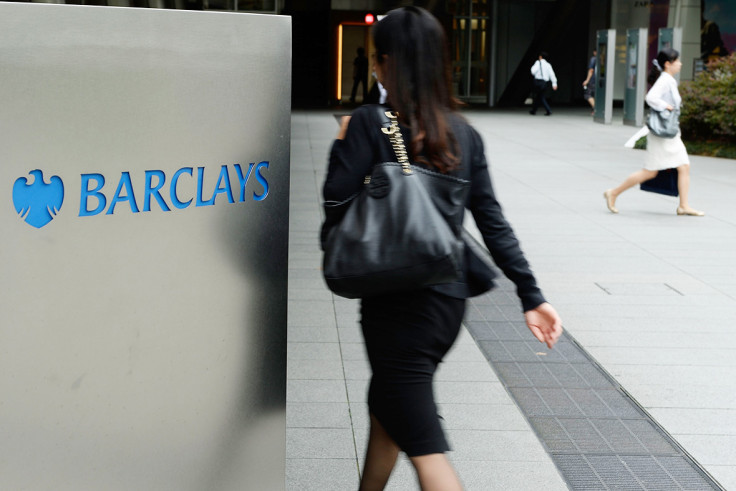Barclays sees profits jump on bond trading as it sells off assets
The bank said it is still in the process of selling off its Africa business.

Barclays has reported a 35% rise in pre-tax profit to £837m (£1.02bn) for the three months to the end of September as it profited from bond trading and sells off unwanted assets.
Chief executive James Staley said the bank had made "strong progress" in the quarter towards closing its non-core businesses and dealing with historical issues.
It said its fixed-income revenue climbed 40% from a year earlier to £947m, a two-year high, a sign that its investment banking division is beginning to generate stronger returns.
For the nine months, however, pre-tax profit dropped 10% to £2.9bn, as all banks come to terms with the low interest rate environment that makes it difficult to make money from loans.
Barclays says it has set aside an extra £600m to meet compensation claims for mis-selling of PPI in the third quarter.
This figure tops some analysts had expected £500m in the three months to September and brings the total provision over the past two quarters alone to £1bn, after £400m was put aside in the second quarter. The banking industry's PPI bill already stands at more than £30 billion.
Chief executive Jes Staley was brought in last December to replace former boss Antony Jenkins after lacklustre results at the business.
Staley is focusing on boosting the investment part of the bank, which previously had been an engine of growth for the business. He is also selling off the firm's Africa business.
Staley added: "Our core businesses are performing well, non-core rundown is approaching the final lap toward closure, we are on top of costs, and our capital position is resilient with strong reasons for confidence."
Earlier this week Barclays and UBS have agreed to settle the litigation brought on by US bondholders, who had taken both banks to court on charges of allegedly conspiring with rivals to rig the Libor benchmark interest rate.
Libor, or the London interbank offered rate, serves as a benchmark for trillions of dollars of transactions and is regularly used to set rates for credit cards, loans and mortgages. It is assessed on the basis of submissions by banks that sit on the Libor assessment panel.
© Copyright IBTimes 2025. All rights reserved.






















